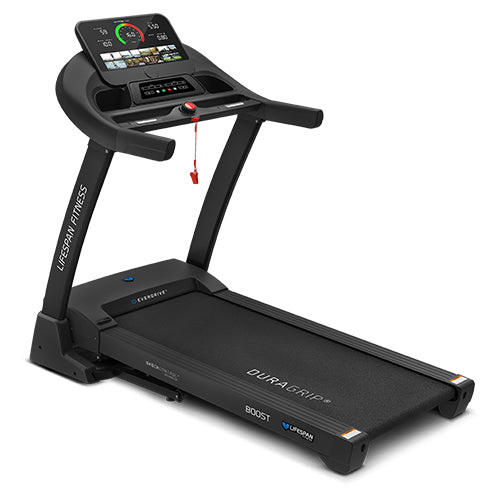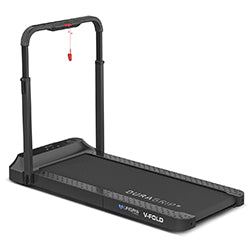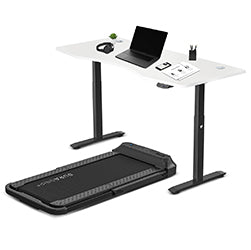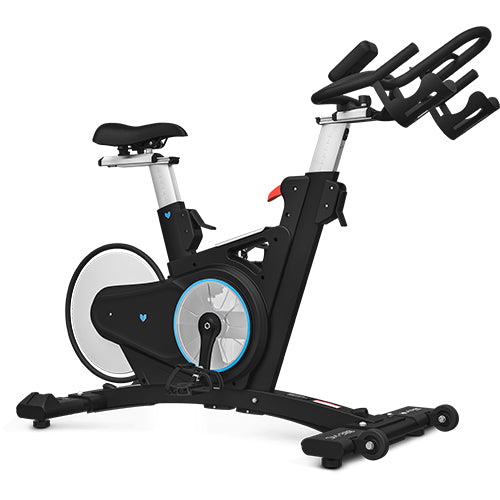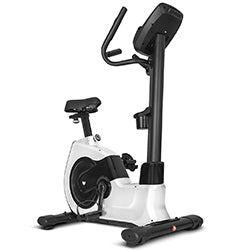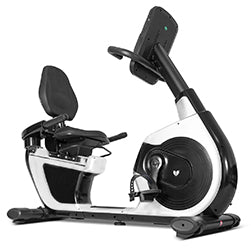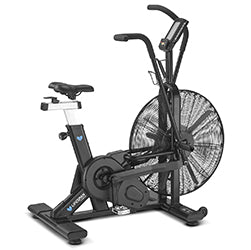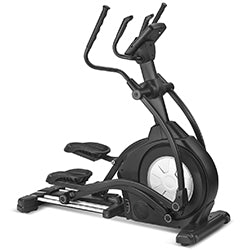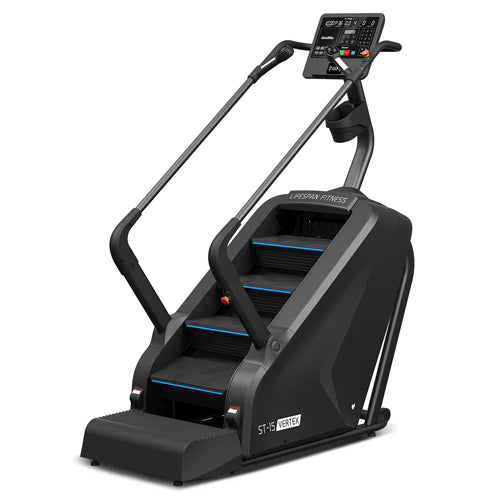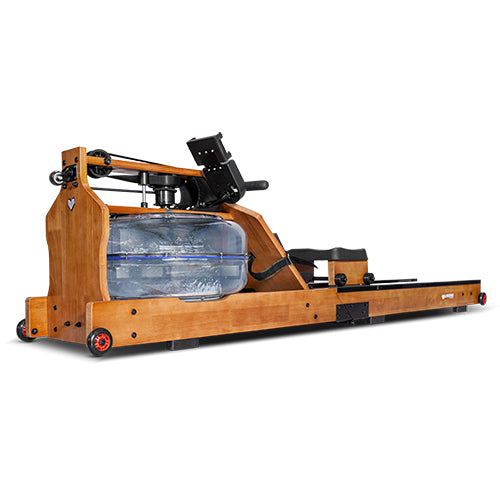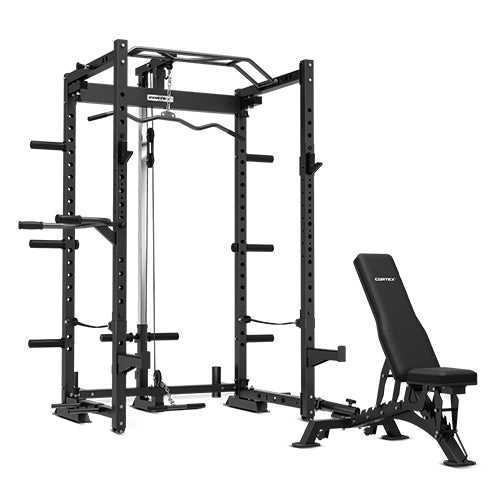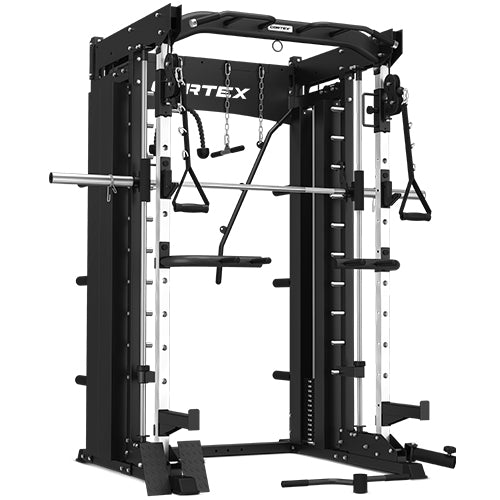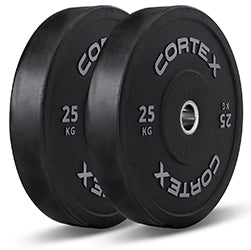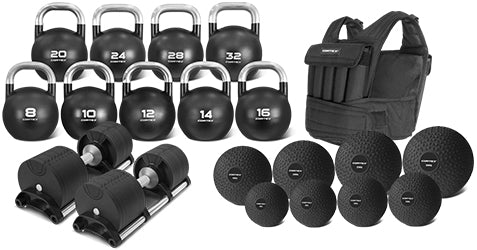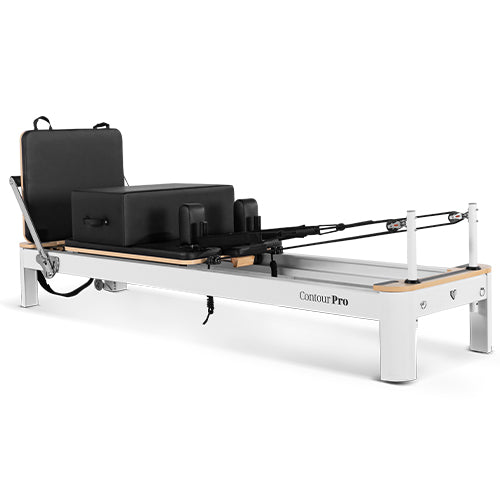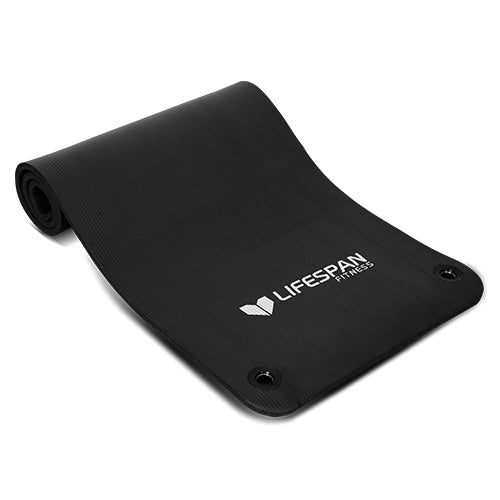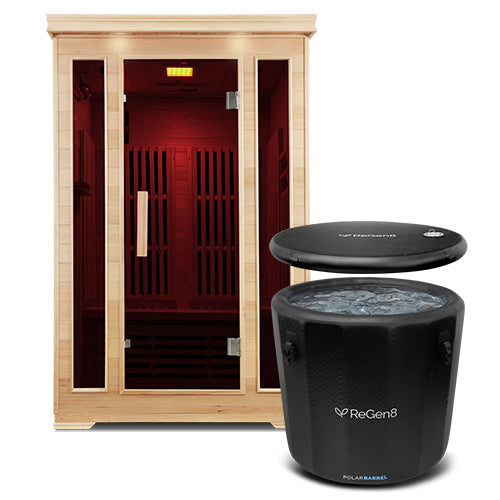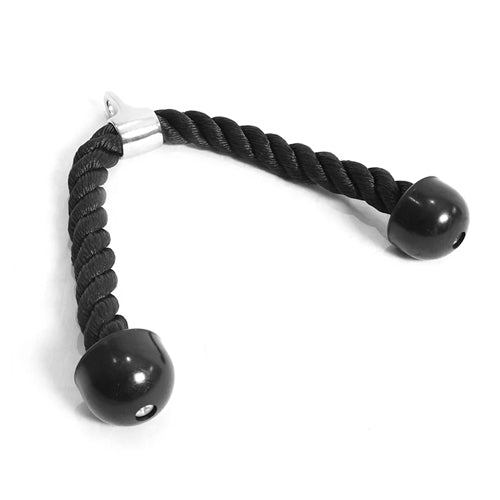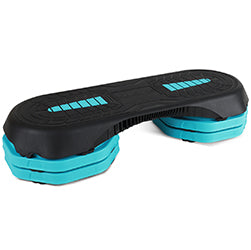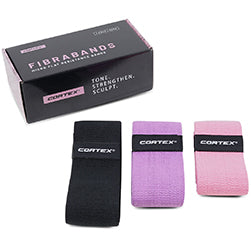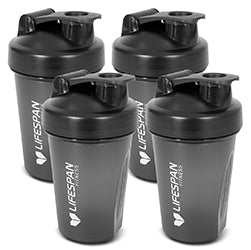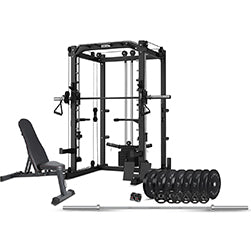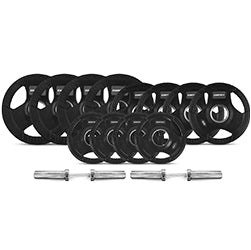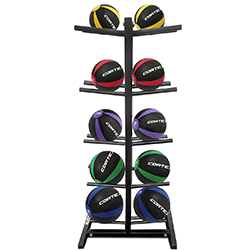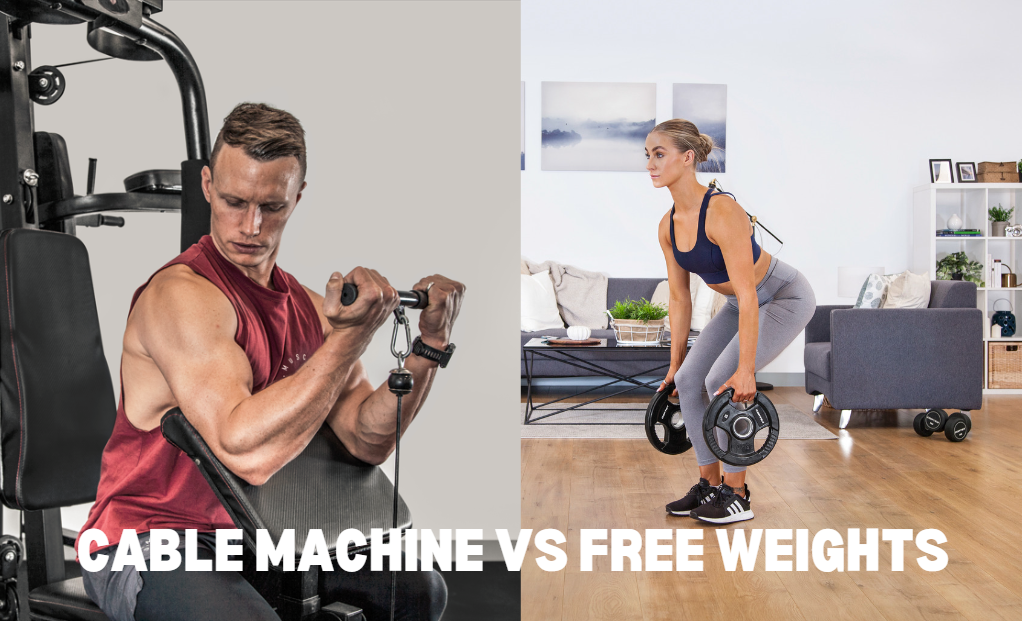

When it comes to weight training, your two major choices are between a cable crossover machine or free weights. While both are versatile and beneficial tools to target a number of fitness goals and levels, there are important differences to keep in mind when deciding which will work best for you.
Free weights include any weights that aren’t attached to a machine and are therefore ‘free’ to move in any direction independent of a cable, cord, rope, or band. This includes a broad range of devices such as dumbbells, barbells, kettlebells or weighted balls. Cable machines are gym stations, usually with a large steel frame and a built-in weight stack. The weights are then usually controlled by a pulley system with cables and handles on one end. There are also plate-loaded cable machines that allow the user to load on conventional weight plates of their choosing.
Benefits of Cable Machines

Safety
As the weights are secured in one place, and the user only has indirect contact with them, there is little risk of weights dropping on any part of the user’s body, or on the floor. If you're using a cable machine and something goes wrong, or you need to suddenly drop the weights, you can simply let go without fear of hurting yourself or your equipment. However, it should be said that it’s not recommended to regularly drop the weights, as it can damage your equipment as well as being improper technique for most exercises.
More Secure
As everything is contained within a secure, steel frame, there’s no concern of your weights rolling off or cluttering your floor (unless you’re using a weight plate loaded machine). CORTEX cable machines feature a tubular steel frame providing high durability and weight capacity, as well as black powder coating and a chrome finish to protect parts against corrosion and scratching.
No Resting Point
In many cable machine exercises, there is no resting point, meaning that the muscles are kept working throughout the movement. This maximises the benefits of each exercise, and ensures a consistent level of work throughout each motion. You’re also constantly working your core with every cable machine exercise. This is mainly due to the fact that most cable exercises require the user to stand, meaning they’re getting a stability challenge as their entire body is working to keep them upright. This will work to improve athletic performance, as the body is forced to work together a single unit.
Isolation
Cable machines are terrific at delivering razor sharp focus to specific muscles, allowing you to create a personalised workout plan that targets the muscles you want to work. Exercises such tricep pushdowns or bicep curls are good examples of isolation exercises that can be done on a cable machine.
Customisation
Cable machines definitely have the edge in terms of adjustability and customisation options to suit your workout. A range of different handles and bars can be swapped out for specific purposes depending on what muscles are being targeted and what’s more comfortable for an exercise. These include single grip handles, bar handles or tricep handles, which all have different benefits and functions.
Ease of Use
While cable machines often appear a lot more intricate that their free weight counterparts, they can actually be a lot easier to use and create a more fluid, and guided workout experience. The nature of a cable crossover machine means the cables will guide you through the range of motion in each exercise, and they’re known to improve workout form in workouts such as a chest fly or leg extension. With a weight stack machine, you can easily change the weight throughout your workout, by adjusting the pin, reducing interruptions and allowing you to focus on the exercise. Gym stations also often have workout diagrams to give guidance on specific workouts, as well as the muscle groups being targeted.
Check out our full range of functional trainers here.
Benefits of Free Weights:

Choice
Free weights are definitely a broader category of gym equipment, and are inclusive of a much wider range of choices. While dumbbells and barbells are the main two, you also have the choice of a weighted ball, a kettlebell, sandbags, power bags and much more. This means that when using free weights, you’re able to choose a weight that works best for you and your own fitness type.
Targets Strength Imbalances
Dumbbells are great at singling out strength imbalances that may exists between the left and right side of the body. Most people have a stronger side, and when you use dumbbells for exercises like bench presses, the stronger side can’t compensate for the weaker side. This ensures that you’re getting a balanced workout, where both sides of the body are receiving an equal amount of attention.
Larger Weight Range
With free weights, you won’t be as restricted in your weight choices. Cable machines will have a maximum weight that can be increased, whereas the only limitation with free weights is how much you're able to lift and what you have available.
Speed and Power
Probably one of the key limitations of a cable crossover machine is the difficulty involved in training for speed and power. If you attempt to increase the speed of a cable machine movement, you’ll find it difficult to generate enough force because the weights will simply fly up and smack back down. While cable machines are excellent for slow, controlled exercises for deep muscle work, this won’t do a whole lot for users seeking to improve their power and agility. For many trainers, this is a massive oversight that will mean they really can’t get a comprehensive workout with a cable machine alone. Free weights allow you greater control over the speed of an exercise. Weighted balls and kettlebells are especially useful for cardio training, and dumbbells and barbells are often used in High Intensity Interval Training (HIIT) for their ability to maximise intensity in cardio exercises. While it is possible to integrate a cable machine into cardio and agility training, it’s not always the optimal choice and will be limited.
Space
Depending on you setup, cable crossovers can be a large, bulky machine that take up a lot of space, and aren’t easily moved. Free weights have the advantage of being able to fit into most workout spaces, and typically won’t take up a lot of room, even if you have a large set. Free weights can also be moved around, ideal if you like to train in different areas or to adjust your home workout space.
Cost
Free weights typically have lower cost of entry to get a good set. It’s possible to find many affordable, good quality weights, while cable machines will almost always cost more, especially if you’re looking for something that will last and withstand intensive workouts.
Conclusion
In the end, both free weights and cable crossover machines are excellent tools for accelerating your personal fitness. A good workout session will incorporate both categories of equipment for a more rounded routine. Understanding the benefits and limitations of both will help you better decide which to use based on your own needs and the area of fitness you’re looking to train.




